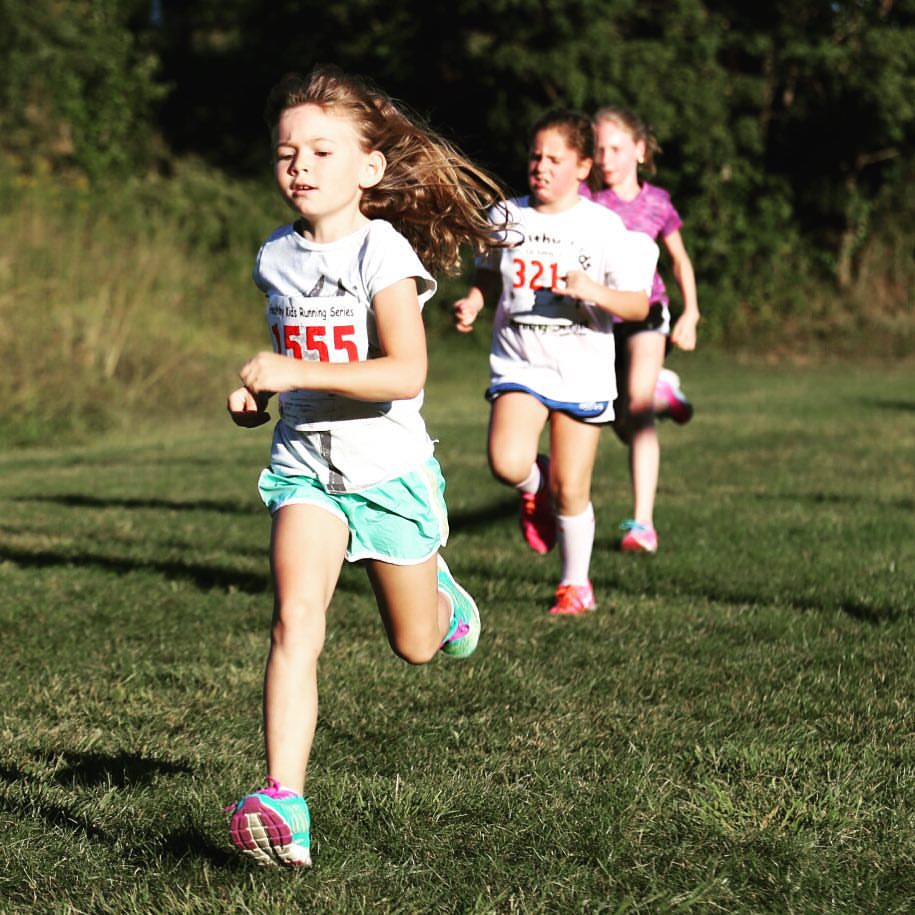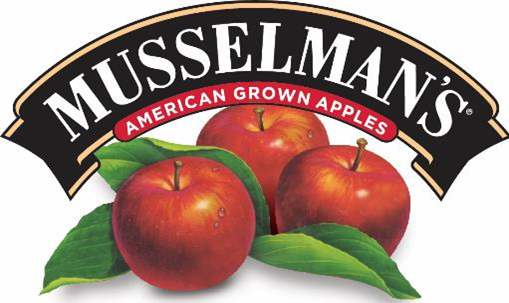
Three-time New Zealand Olympian and two-time World Cross Country Championship medalist Rod Dixon joined the
Another Mother Runner podcast awhile back to talk about his background and youth running.
At the 1983 New York City marathon, Rod overcame a two and a half minute deficit with 10 kilometers to go and he ran down the race leader to win by 9 thrilling seconds. To this day his victory in that New York City marathon remains one of the most dramatic finishes in the history of the marathon.
Today he is committed to dramatically running down another formidable opponent: childhood obesity. And he’s doing that with the same passion and determination that made him one of the best runners in the world. Saucony and the Saucony Run For Good Foundation, recognizing that obesity remains one of the biggest threats to the health of our children, have joined forces with Rod Dixon’s Kids Marathon Foundation to ensure that even more children have opportunities to be physically active.
So Rod Dixon, thank you so much for joining us, it’s a pleasure to have you on.
It’s very exciting for me, too, and thank you.
Thanks. So Rod for those of our listeners who aren’t familiar with you backstory, please share with us in your fabulous Kiwi accent.
Well, I guess it all started when I was born. You know, it’s like we were born to move. And from one to three, at a very young age, I mean I did learn to crawl first, and then before long at age four, I was running away from home to my brother’s school because I didn’t want him to leave me. And so it began, this unbelievable passion and love for running. I mean I played rugby, and cricket, and basketball, and field hockey, but I was always drawn back to running. And in fact you know at school the first three grades my school report was “Rodney is easily distracted, he distracts others, he’s always fidgeting, he’s looking out the window,” and it wasn’t until my fourth grade teacher realized there was a pattern going on here. What he would do is he would give me a note to take across to Mr. Frye, this is another classroom, way across the school, and I would go out and I knew to walk across the field was about three minutes, but I could run right around the school in three minutes. So I’d deliver the note and come back and when I walked in the room, the teacher said “Okay, young Rodney, now what’s two and two” and I’d say “Four, sir,” and he’d say “Why couldn’t you get that earlier?” But what it was, you see, he realized I was on the move and I had to be re-calibrated, and of course sadly today we don’t give kids activity. We give them medication, and that’s the disappointing thing. We didn’t have a name for it then, ADD or ADHD, we had exercise and activity to keep kids calibrated or refocused. Then it went on from there to running in run club. You know, I joined a run club in 1960 and that run club was first established in 1896, so really I wasn’t doing anything new. But what I did see as I went right through my running life was that more and more kids weren’t getting recess, they weren’t getting P.E., and as you know the first things that get cut from the budgets are music and P.E. So I realized that, here was what I was getting when I was younger, and why aren’t kids getting that today? I think that’s all tied in. All those points came together and that’s why I really did start the kids running program.
Did your perspective of knowing how important movement is filter down to your children and grandchildren? You told us you have four kids and four grand-kids.
Yes absolutely. We’re very lucky in our family environment, when I was a professional runner (of course I wasn’t allowed to call myself that back in the amateur days), that certainly … I mean my favorite three words this year: learn by doing. It’s amazing that in that family environment, my children were in an environment of a healthy active family. And so when I would run, the girls would run. Kate was a New Zealand-class swimmer. My younger daughter was a runner. So the whole dynamic of healthy eating, and activity, and wellness within the family was part of the culture. And of course, as you and I know, today we don’t see that in families and that’s why the program, my kids marathon, is so important to be in schools. I mean I love the family dynamic, I love how important the family dynamic is, but we’re losing that culture within the family now. It’s really going to the schools and the schools are now the best or the next best environment for kids to learn and the sooner we understand that putting local school wellness policies into action is so very very important.
So before we move on, before we came on the air you were telling us a great story about one of your grandsons and his Cross Country. Could you share that tale with the listeners please?
Henry, he’s six, in fact he’ll be seven soon. It’s funny because the other day at about 12:00 California-time I get a Skype call and it’s from New Zealand, from my daughter, and it’s gotta be about 6:30 in the morning. That’s kind of early, but I thought Emma’s trying to get me a message.I open it up and there’s little Henry and he’s all excited – and he calls me “Pod” – and I said “Good morning, Henry, you’re up early!” He said, “Pod! I’ve got to tell you, I won the school Cross Country race yesterday, and I’m so excited, and all those exercises you showed me to do I’m very very happy about!” And I said, “Well that’s wonderful Henry!” and then the next thing I hear is “Henry? What are you doing on the computer?” Emma comes out and she said “Oh hey Dad, please don’t call us this early, it’s just not right.” And I said “Emma, darling, Henry called me! He called me!” So what that call tells me is that kids in Kindergarten, at 5 years old, are ready to learn. They’re already learning communication, they’re already learning an iPad or some device, so if they’re ready to learn at that age, they’re ready to understand and learn healthy activity and nutrition, and that’s the key.
We all thought, you know, 12, 15 years ago it was all about high school and I said “No, it’s elementary school.” I always used to say grades 7 through 12, but in the last few years I realized it’s K though 5! That’s the important time to get kids connected, because they want to learn, and when they’re having fun doing what thy’re doing, they learn a lot quicker. And of course the kids now in my in-school running program … it’s based on the hare and the tortoise, it’s based on finishing is winning, winning is finishing. So we don’t have winners, we have participants and it doesn’t matter what shape or size you are, you can walk, you can walk/run, you can run, but it’s about finishing is winning and winning is finishing. And that’s when the kids really get it, and they all get the same medal, which is a replica of my Olympic medal, they all get the same T-shirt, and they all get the same workbook training guide. So these kids can do their labs any time during the day: before school, recess, after school, and so they are accumulating their own little pathway; their own little journey.
This post is a transcript of a podcast by Another Mother Runner. To listen to their full podcast and read their blog, visit: http://anothermotherrunner.com/2015/09/12/178-olympian-rod-dixon-talks-getting-kids-running/
Post Views: 1,408







